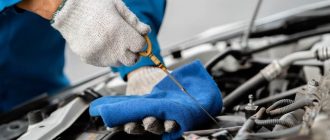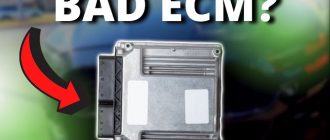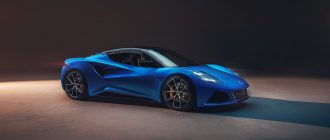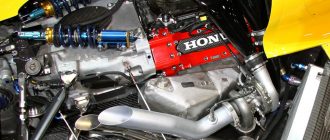What is a Turbocharged Engine in Cars?
A turbocharged engine is an internal combustion engine that uses a turbocharger to increase its power output. Turbochargers are devices that use exhaust gases to spin a turbine, which in turn drives a compressor that forces more air into the engine’s cylinders. This increased air mass allows the engine to burn more fuel, which in turn produces more power.
How Do Turbochargers Work?
Turbochargers are made up of two main components: a turbine and a compressor. The turbine is connected to the car’s exhaust system, and the compressor is connected to the engine’s intake system. When the engine is running, exhaust gases from the engine flow through the turbine, causing it to spin. The spinning turbine then drives the compressor, which forces more air into the engine’s cylinders.
The amount of boost that a turbocharger provides is determined by the size of the turbine and the compressor, as well as the speed at which the engine is running. Larger turbines and compressors will provide more boost, but they will also increase the amount of lag that the turbocharger experiences. Lag is the delay between when the driver presses the accelerator and when the turbocharger starts to provide boost.
Benefits of Turbocharged Engines
Turbocharged engines offer a number of benefits over naturally aspirated engines, including:
- Increased power output: Turbochargers can increase the power output of an engine by up to 50%. This can make a significant difference in the performance of a car, especially in low-end torque and acceleration.
- Improved fuel efficiency: Turbocharged engines can also improve fuel efficiency by up to 20%. This is because turbochargers allow engines to burn more fuel without increasing emissions.
- Reduced emissions: Turbocharged engines can also reduce emissions by up to 30%. This is because turbochargers help to burn fuel more efficiently, which reduces the amount of pollutants that are released into the atmosphere.
Drawbacks of Turbocharged Engines
Turbocharged engines also have a few drawbacks, including:
- Increased cost: Turbocharged engines are more expensive to manufacture than naturally aspirated engines. This is because turbochargers are complex devices that require precise engineering.
- Increased complexity: Turbocharged engines are also more complex than naturally aspirated engines. This can make them more difficult to maintain and repair.
- Turbo lag: As mentioned above, turbochargers can experience turbo lag. This can make it difficult to drive a turbocharged car smoothly, especially in stop-and-go traffic.
Overall
Turbocharged engines offer a number of benefits over naturally aspirated engines, including increased power output, improved fuel efficiency, and reduced emissions. However, turbocharged engines also have a few drawbacks, such as increased cost, increased complexity, and turbo lag. Ultimately, the decision of whether or not to buy a car with a turbocharged engine is a personal one. However, if you are looking for a car with more power and better fuel efficiency, then a turbocharged engine is a good option to consider.




